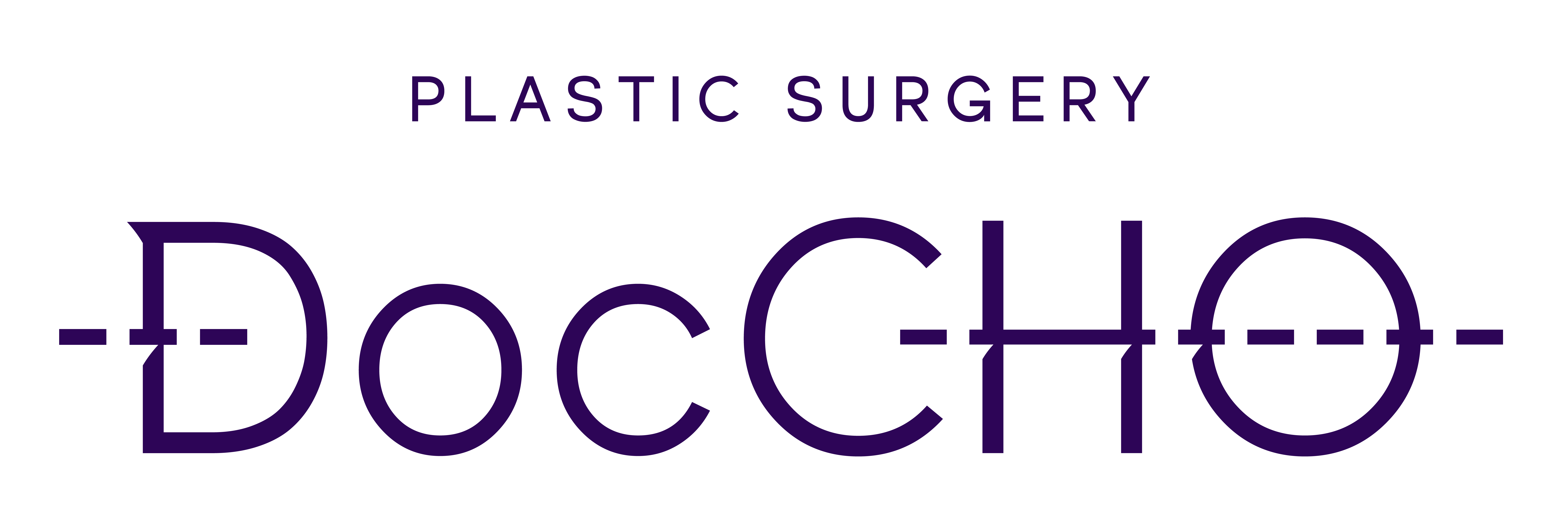Periareolar Lift: A Surgical Illusion That Can Ruin Your Breasts
Plastic surgery isn’t just about beauty — it’s about logic, geometry, and long-term results. Sometimes, behind fancy names hide procedures that not only fail to solve problems but also create new ones. A striking example is the periareolar lift. At first glance, it seems like a neat operation without visible scars. But in practice, it’s one of the biggest mistakes in modern breast surgery.
What is it?
The periareolar lift (also known as a donut lift) involves removing a small section of skin around the areola to “lift” it. Everything sounds appealing: minimal incision, scar only around the areola, fast recovery. But it’s this very simplicity that hides the main danger.
Why isn’t it really a lift?
A true breast lift (mastopexy) involves removing excess skin, reshaping the breast’s geometry, and securing the new shape. With the periareolar technique, there’s neither significant tissue removal nor proper skin tightening. You’re simply “moving” the areola upward without addressing key zones of the breast. As a result, excess skin in the lower part of the breast remains or even increases, and the breast shape doesn’t improve.
Anti-geometry and a scar that doesn’t hold
The problem isn’t only inefficiency. The logic of the operation itself contradicts anatomy. You’re trying to adapt a bigger oval to a smaller circle. Imagine cutting a large oval out of a bedsheet and trying to sew it into a small circle. The result? Ruffles, folds, tension that doesn’t hold. Within months, the areola starts to “stretch” sideways, and the breast shape becomes distorted.
Unlike a classic anchor lift, where the area for the new areola matches its size and is secured with a reliable vertical suture, the periareolar lift has no such suture. The skin pulls unevenly, and any extra load (such as an implant) only worsens the situation.
What if you try to fix it later?
Unfortunately, correcting a periareolar lift is one of the most challenging stages. Surgeons often have to remove even more skin from the upper part of the breast, which was excessive to begin with. With each attempt, the areola grows larger, and there comes a point when its diameter covers almost the entire front of the breast. Sometimes, nothing can be done without removing the implant. It’s a path not to beauty but to endless corrections.
Why is it offered at all?
It’s simple. This procedure is often suggested by surgeons who do not master the anchor lift technique. It sounds appealing: “minimal scar, quick result.” But the result is temporary and, unfortunately, often disappointing. Surgeons who know how to perform a proper lift will never offer a periareolar lift as a full alternative.
What about simply reducing the areola?
Reducing the areola’s diameter is a separate procedure. Sometimes it’s appropriate, but only when there’s no skin tension, the implant is small, and the reduction is minimal. Otherwise, the areola will still stretch out.
Conclusion
The periareolar lift is not truly a lift — it’s a cosmetic illusion. It doesn’t solve the problem and only hides it for a short time. Moreover, it can make things worse and significantly complicate further treatment. If you’re offered this procedure as the primary solution, just turn around and leave. And never come back.
